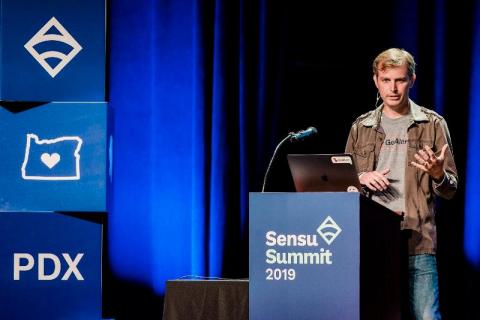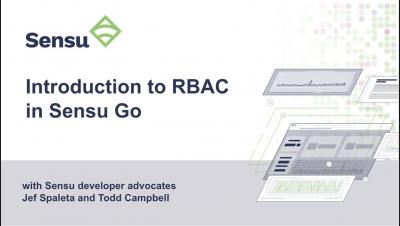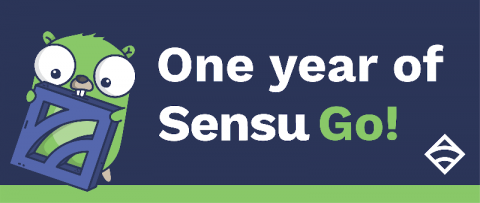Operations | Monitoring | ITSM | DevOps | Cloud
Sensu
Security and privacy in the public cloud:
As with any enterprise technology, there are benefits and challenges when creating IT environments in the public cloud. The benefits include cost savings and the ability to easily scale up and down (just to name a few).
Announcing secrets management in Sensu Go
In order to determine the health and current state of your systems, monitoring by its very nature requires access to internal and external services. Traditionally, users have had to get creative in terms of how they expose sensitive information (secrets, like access credentials) to their monitoring tool; operators typically would leverage local environment variables or give up entirely by putting secrets in the monitoring configuration.
Securing Sensu 101
Because monitoring requires some degree of access to your applications, it’s important that you take certain steps to ensure the right amount of access without compromising your app’s security. In this first in a series of posts, we’ll go over some high-level best practices to securing Sensu, followed by a webinar later this month which will offer a deeper dive into setting up certificates.
Intro to RBAC in Sensu Go
Last month, we ran a webinar on role-based access control (RBAC) in Sensu Go. In this post, we’ll capture some of the key points from the presentation and show you how RBAC can help you lock down access for increased security and team efficiency.
Reducing alert fatigue with GoAlert, Target's on-call scheduling and notification platform
At Sensu Summit 2019, Adam Westman, Sr. Engineering Manager at Target, introduced us to GoAlert, their on-call scheduling and notification open source project. In this post, I’ll recap his talk, sharing the journey that led them to build GoAlert, the problems they’ve solved, and how they use GoAlert with Sensu Go to simplify monitoring and reduce alert fatigue.
Webinar: Introduction to RBAC in Sensu Go
Heightened visibility & deeper control with a monitoring control plane
Until a few years ago, if you did any kind of searching for control planes, you would have found results related to traditional networking concepts. With the advent of cloud computing — including hybrid cloud, multi-cloud, and cloud-native — we’re seeing a lot of tools starting to adopt a “control plane for 'X'” terminology. We’ve heard this term applied to — among other things — Kubernetes. More on that later.
Happy birthday, Sensu Go (plus a giveaway)
As Caleb recently noted, it’s been a year since the GA release of Sensu Go! In fact, today marks the official one-year mark; since December 5, 2018, Sensu Go has been downloaded over 1 million times — 500,000 installs from Packagecloud and over 500,000 pulls from Docker Hub! To celebrate these milestones, we’re giving away five prizes for Sensu 5.0: four (4) Nintendo Switch™ Lites and one (1) Nintendo Switch™ + a $200 Nintendo eShop Card as a grand prize.
Monitoring and observability:
Monitoring versus observability is a hotly debated topic. It’s been argued that they’re two distinct things — the former just a high-level overview of a problem after the fact, while the latter enables you to be proactive. Observability has also been dismissed as jargon, much how “DevOps” sounds to the seasoned operator.








